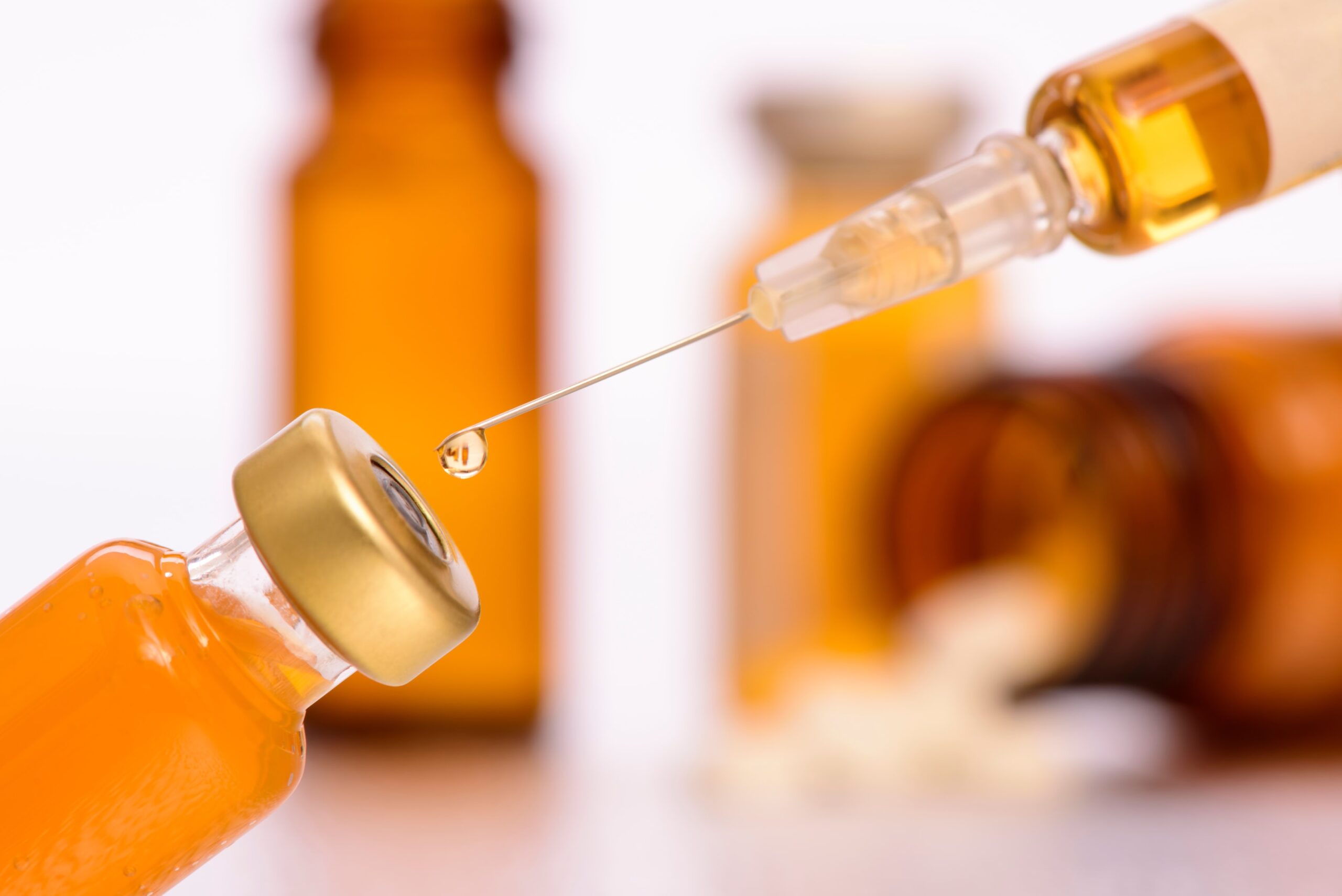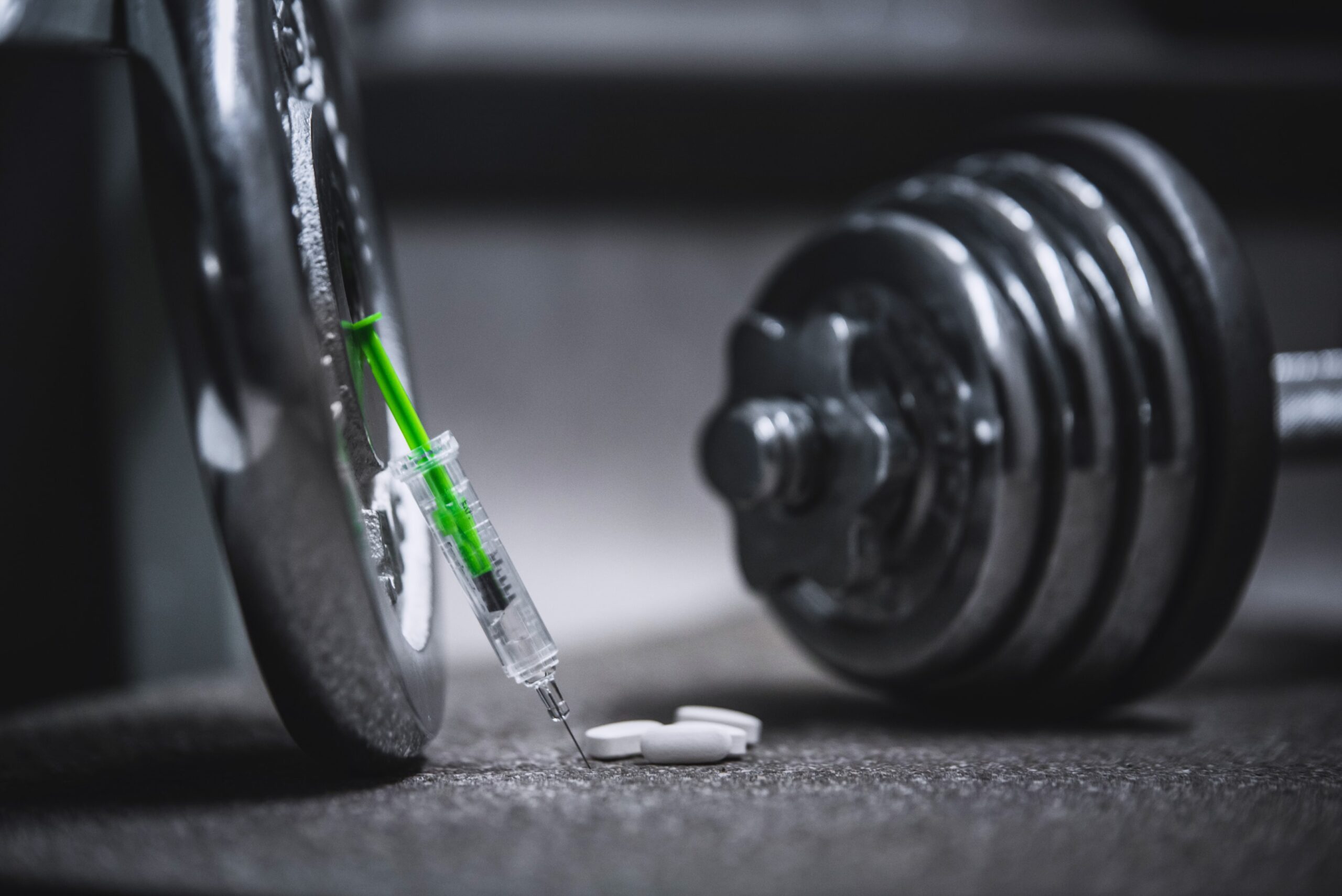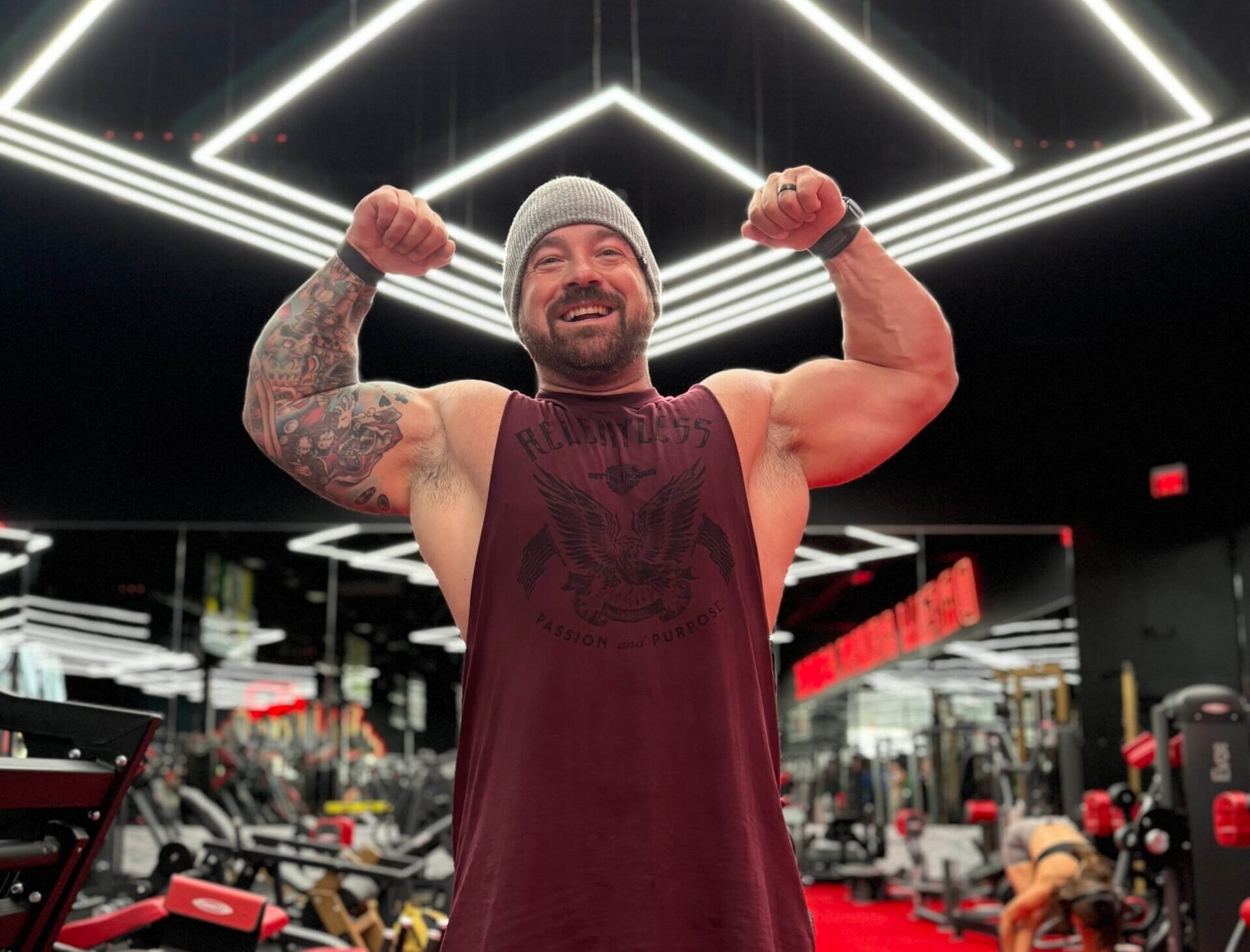7 Mistakes Guys Make on TRT — And How to Fix Them

You got on TRT to fix everything — energy, libido, focus, confidence.
But weeks or months later, you’re still tired, soft, foggy, or flat. No boost. No drive. No results.
That’s not because TRT “doesn’t work.” It’s because you’re not doing it right — and that’s not your fault.
Most guys make at least one of these mistakes when they start testosterone. This post breaks down all 7, how to fix them, and what to do if you want help dialing it in.
What is Testosterone Replacement?
Testosterone replacement, or testosterone replacement therapy (TRT), is a medical approach to bring your testosterone levels back into the normal range when they’ve dropped too low. Low testosterone, also called male hypogonadism, can happen because of age-related decline, certain medical conditions, or injury. Testosterone deficiency and androgen deficiency can result from aging, medical conditions, or injury, and can lead to symptoms like decreased sexual desire, muscle loss, and fatigue. When your testosterone levels dip, you can lose muscle mass, bone density, sex drive, and even your edge in daily life.
TRT is designed to restore what your body’s missing. Androgen replacement and androgen replacement therapy are terms used for treatments that restore hormone levels in men and women with deficiencies. By getting your testosterone back up, you can see improvements in energy, mood, sexual function, and overall quality of life. The goal of therapy is to restore testosterone to normal levels. But it’s not a one-size-fits-all fix. You need a proper diagnosis, which means blood tests to check your testosterone levels and a full review of your symptoms and medical history. Blood tests help determine if you have enough testosterone or if your levels are below the normal testosterone level. The pituitary gland plays a key role in regulating testosterone production, and issues with this gland can contribute to low testosterone. If you’re dealing with low testosterone, talk to a healthcare provider who knows how to tailor testosterone replacement therapy to your needs.
Understanding Testosterone Levels
Testosterone isn’t just about muscle or sex drive—it’s a key male hormone that impacts almost every system in your body. Produced mainly in the testes, testosterone levels hit their peak in your late teens and early twenties, then start a slow, steady decline as you age. This age-related decline is normal, but for some guys, testosterone levels drop low enough to cause real problems—think male hypogonadism, with symptoms like low energy, erectile dysfunction, and increased body fat.
Knowing your testosterone level is the first step to getting back on track. A simple blood test can tell you if you’re in the normal range or if you’re dealing with low testosterone. If your levels are low, testosterone replacement therapy (TRT) can help restore balance and improve your quality of life. But it’s not a set-it-and-forget-it fix—regular monitoring is crucial to make sure your testosterone replacement is working and to keep you safe. If you’re considering TRT, make sure you’re working with a provider who understands how to track and optimize your testosterone levels for the long haul.
Symptoms of Low Testosterone
- Decreased sex drive and fewer spontaneous erections
- Decreased sexual desire
- Erectile dysfunction or trouble maintaining an erection
- Fatigue and low energy, even after a good night’s sleep
- Loss of muscle mass and strength
- More body fat, especially around the belly
- Thinner bones and lower bone density, raising your risk for fractures
- Mood swings, depressed mood, or increased irritability
- Less body hair and changes in hair growth
- Trouble sleeping or changes in sleep patterns
If you’re noticing these symptoms, don’t just guess. A blood test is the only way to confirm low testosterone levels. Since these symptoms can be caused by testosterone deficiency or androgen deficiency and can overlap with other health issues, it’s crucial to get a full medical evaluation before starting testosterone replacement therapy (TRT). The right diagnosis means you can get the right treatment—and start feeling like yourself again.
Testosterone Replacement Therapy: Benefits & Risks
Testosterone replacement therapy (TRT) can be a game-changer if you’re struggling with low testosterone levels. The benefits? More energy, a stronger sex drive, better mood, increased muscle mass, and improved bone density. TRT can help you reclaim your edge and feel more like yourself.
But, like any hormone therapy, TRT isn’t without risks. Some guys experience skin reactions from testosterone gels, or an increased red blood cell count—which can raise your risk for blood clots. There’s also the possibility of worsening sleep apnea, and TRT can lower your sperm count, which matters if you’re planning to have kids. Some studies have raised concerns about cardiovascular disease and heart attack risk with testosterone therapy, but recent evidence suggests cardiovascular safety when managed properly. Long term testosterone therapy has raised concerns about increased risk of heart disease and prostate cancer, but recent research suggests testosterone therapy may be safe for the heart when managed properly. Still, it’s important to be upfront about any history of prostate cancer or breast cancer before you start. Older oral testosterone formulations were associated with liver toxicity, but newer oral testosterone options have improved safety profiles.
TRT comes in several forms: testosterone gel as a topical option, oral testosterone as an alternative to injections, as well as patches and traditional injections.
Regular blood tests and check-ups are non-negotiable. Your provider will monitor your testosterone levels, red blood cell count, and prostate specific antigen (PSA) to keep you safe and adjust your treatment as needed. The bottom line: testosterone replacement therapy, testosterone supplementation, and androgen replacement therapy can deliver real benefits, but only when they’re done right—with expert guidance and ongoing monitoring.
Heart Health and Low Testosterone
Your heart and your hormones are more connected than you might think. Research shows that low testosterone levels can be linked to an increased risk of heart disease, but the story doesn’t end there. Some studies suggest that testosterone replacement therapy (TRT) might actually support cardiovascular health in certain men, while others highlight potential risks like blood clots or heart attacks—especially if you already have heart issues.
That’s why testosterone therapy should never be a DIY project. If you have a history of heart disease or are at higher risk for cardiovascular problems, it’s essential to work closely with your healthcare provider. They’ll weigh the benefits and risks of TRT for your unique situation and keep a close eye on your heart health with regular check-ups. Don’t forget: lifestyle changes like a healthy diet, regular exercise, and stress management are just as important as any prescription. Stay proactive, ask questions, and make sure your heart is part of the conversation when you’re considering testosterone replacement therapy.
1. Testosterone Injections Once a Week (or Less)
A once-weekly injection creates unstable hormone levels. You’ll feel good for a day or two, then crash. Energy, mood, and libido fluctuate — and estrogen often spikes.
Why it matters: Testosterone Cypionate and Enanthate have half-lives of about 4–5 days. If you inject 200mg on Monday, by Friday you’re running on fumes.
Fix: Split your weekly dose into two or more injections. For example: 200mg/week → 100mg Monday + 100mg Thursday. Use 25G–27G insulin syringes for subq or shallow IM. Rotating the injection site each time is important to ensure effective absorption and to reduce discomfort or complications.
2. Not Running Blood Tests (or Not Understanding Them)
TRT without labs is like driving with no dashboard. Most guys don’t know what to look for — or worse, don’t test at all. A testosterone test is essential for diagnosing low testosterone and determining whether testosterone replacement therapy is needed. Blood tests can also assess your natural testosterone production and help guide decisions about testosterone supplementation.
- Total Testosterone
- Free Testosterone
- SHBG
- Estradiol (Sensitive E2)
- Hematocrit & Hemoglobin
- Lipids
- PSA
- LH/FSH (if fertility matters to you)
These tests help determine your testosterone level and guide treatment decisions.

Fix: Run labs every 12–16 weeks. I’ve partnered with Leviathan Nutrition — use code FORGED10 for 10% off their Male Full Panel: Click here
3. Not Knowing Your Ester or Carrier Oil
Not all testosterone is the same. Your body might react differently to Cypionate vs. Enanthate — or even to the oil it’s suspended in.
Cypionate and Enanthate are both slow-release esters, but they have slightly different half-lives and availability depending on your location. Some guys feel better on one over the other, not because of the ester itself, but because of how their body metabolizes it — or how they respond to the carrier oil, like cottonseed, grapeseed, or MCT. A bad reaction to the oil can show up as injection site pain, inflammation, or even systemic fatigue.
Most guys just take what they’re handed and assume it’s “all the same.” It’s not.
Fix:
- Start with what’s commonly prescribed — Cypionate in the U.S. is a great baseline.
- From there, pay attention to how you feel: energy levels, mood, recovery, and injection site reactions.
- Track your response, test your bloodwork, and don’t be afraid to switch esters or oils if something feels off.
Test. Track. Adjust.
4. Poor Estrogen Management
Estrogen is not evil — but unbalanced levels can ruin your results.
Too much E2, and you’ll deal with bloating, mood swings, chest sensitivity, and emotional volatility. Too little, and you’re looking at joint pain, depression, brain fog, and zero sex drive. The problem is that most guys panic at the first sign of high E2 and nuke it with an AI like Arimidex — which almost always causes more harm than good.
Your goal isn’t to kill estrogen — it’s to balance it. Estrogen is essential for libido, mood stability, joint health, and even muscle growth. Managing it starts with smarter protocol design, not medication.
High E2 symptoms:
- Bloating
- Mood swings
- Chest sensitivity
- Anxiety
Low E2 symptoms:
- Joint pain
- Depression
- Low libido
Fix: Don’t overuse AIs. Start by pinning more frequently to reduce aromatization spikes. Run labs before making any adjustments. If an AI is needed, start low (like 0.125mg Arimidex 2x/week) and monitor how you feel and what the labs say.
5. Still Training Like You’re Natty (Ignoring Muscle Mass Changes)
TRT increases your recovery capacity. But most guys still train with low volume, minimal intensity, and no structure.
If you’re enhancing recovery and protein synthesis with TRT, your training should evolve to match. That doesn’t mean ego lifting or chasing PRs every session — it means smarter intensity, better programming, and structured progression. Testosterone helps maintain muscle tone in the upper arms and other areas, so low testosterone can lead to loss of muscle in these regions.
Guys on TRT often underestimate how much volume they can actually recover from and how much more consistent their output can be. If you’re still running a generic 3-day split and skipping legs, don’t blame the testosterone for your lack of results.
Fix:
- Train 4–5x/week
- Progressive overload: add weight and reps
- Prioritize sleep, carbs, hydration, and structured deloads
- Track your volume and adjust based on recovery

6. Ignoring Sleep and Stress
TRT won’t save you from high cortisol or broken sleep habits.
You can inject all the testosterone you want — but if your nervous system is fried and you’re getting five hours of trash sleep, you’ll stay flat. Recovery isn’t just about muscle; it’s about hormone balance, brain chemistry, and inflammation control. High stress raises cortisol, which competes with testosterone and makes your body prioritize survival over growth. Sleep is when your body repairs, regenerates, and actually uses the hormones you’re putting in.
Fix:
- Get 7–9 hours of deep sleep
- Use Magnesium, Glycine, Apigenin
- Cut screen time before bed
- Use stress reducers like walking, cardio, cold exposure

7. No Plan. No System. Just Guesswork.
If you’re just injecting and hoping for results, you’re leaving everything to chance.
A lot of guys think just “getting on TRT” is the fix — but without a system, it’s like putting premium gas in a car with no engine. You need to know what you’re measuring, how you’re adjusting, and how each variable (training, sleep, stress, food) ties into your results. Otherwise, you’re stuck spinning your wheels, chasing numbers, and never actually feeling better.
Fix:
- Build a system.
- Track your labs, recovery, macros, training.
- Adjust based on real data — or get guidance from someone who knows what they’re doing.

Want Me to Review Your Testosterone Replacement Therapy Setup?
If you want help reviewing your protocol and dialing it in, I offer a free 20-minute strategy call.

Grab the Full PDF Version
If you want this post distilled into a downloadable guide — including lab tracking checklists, injection tips, and optimization flow:
If you’re tired of guessing and ready to finally feel dialed in — I help men optimize their hormones, training, and recovery through personalized, no-BS coaching. Whether you’re new to TRT or already on it and not getting results, I’ll build a plan around your lifestyle, goals, and bloodwork. This isn’t cookie-cutter fitness — it’s coaching built to actually work.
